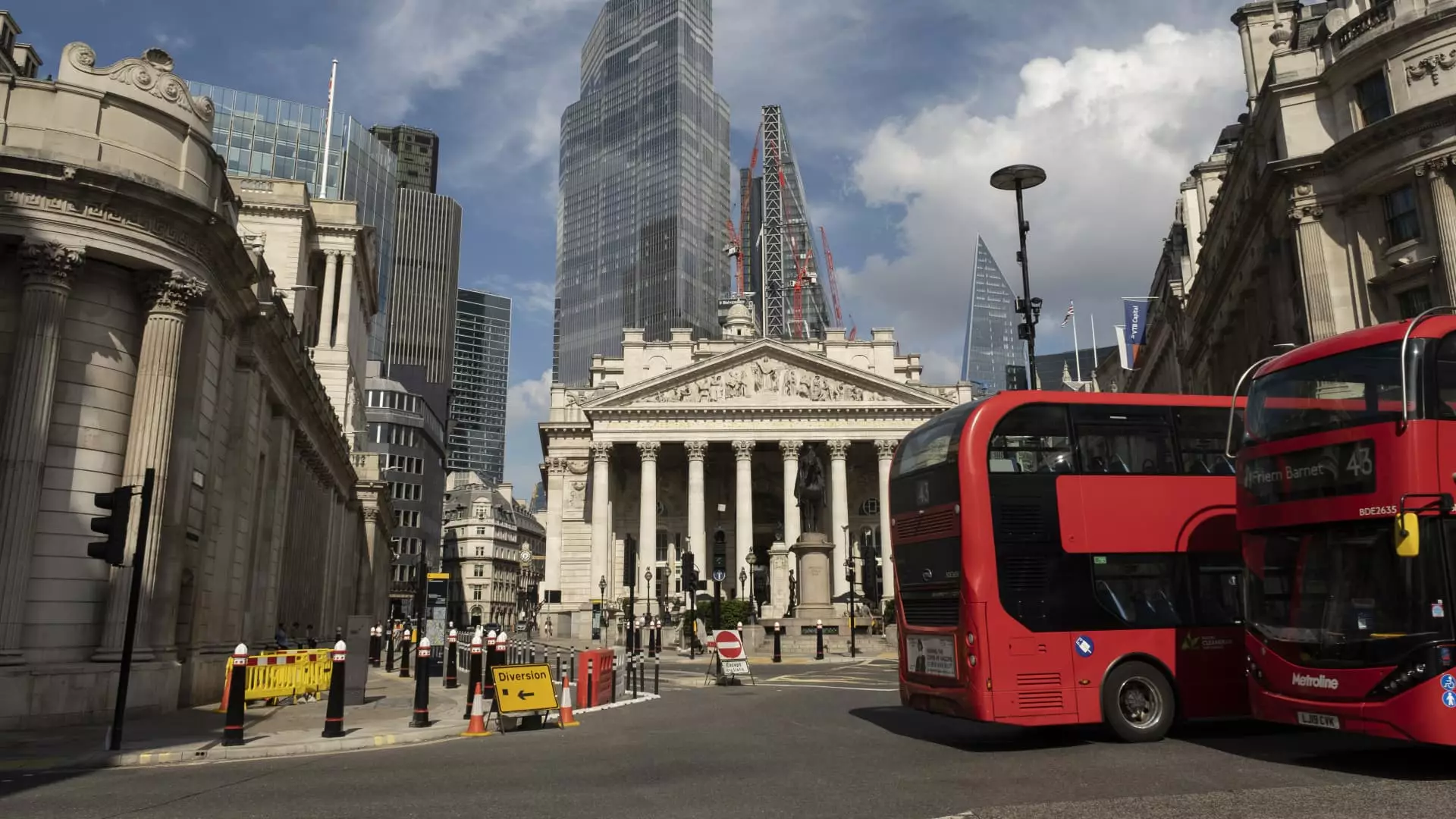The Bank of England (BOE) has announced its decision to maintain its main interest rate at 5.25%. The Monetary Policy Committee (MPC) voted 6-3 in favor of holding rates steady for a third consecutive meeting. This decision comes despite the United Kingdom seeing a decline in headline inflation to 4.6% in October, its lowest point in two years. However, the central bank remains concerned about persistently high wage growth and aims to bring inflation down towards its 2% target sustainably. Let’s examine the implications of this decision and the challenges the economy is currently facing.
While the BOE’s decision to hold rates steady reflects its commitment to tackle inflation, it acknowledges that key indicators of inflation persistence in the UK remain elevated. The central bank recognizes that tighter monetary policy has contributed to a looser labor market and has had an impact on the real economy. In the third quarter, real UK GDP remained flat, aligning with the MPC’s projections. However, there was an unexpected contraction of 0.3% month-on-month in October. These figures demonstrate the delicate balance the bank must strike between curbing inflation and supporting economic growth.
In contrast to the BOE’s stance, the US Federal Reserve has projected at least three interest rate cuts in 2024. This surprise announcement by the Federal Reserve led to a surge in global stock markets. However, the BOE has once again reiterated its commitment to maintaining restrictive monetary policy to bring inflation back to target over the medium term. The MPC highlights that further tightening in monetary policy would be required if there is evidence of more persistent inflationary pressures. This divergence in approach between the central banks of two major economies reflects the unique challenges faced by each country.
The November Monetary Policy Report provides insight into the BOE’s outlook for inflation and GDP growth. The consumer price index is projected to average around 4.75% in the fourth quarter of 2023, with a gradual decline to 4.5% in the first quarter of the following year and further down to 3.75% in the second quarter. On the other hand, GDP is expected to show minimal growth of just 0.1% in the fourth quarter, after a flatlining performance in the third quarter. These projections indicate a cautious approach by the BOE as it aims to balance inflation and economic growth.
Economists, such as Suren Thiru, the economics director at ICAEW, believe that the BOE’s rhetoric on interest rates is unnecessarily hawkish. Thiru argues that this approach does not align with the current economic backdrop of slowing wage growth and a deteriorating economy. By maintaining high interest rates for an extended period, the BOE risks exacerbating the challenges faced by an already struggling economy. As inflation continues to trend downwards and the possibility of a recession looms, the case for interest rate cuts may become stronger in the coming months.
While the BOE’s decision to keep interest rates unchanged displays its commitment to addressing inflation, it also indicates the challenges it faces in balancing monetary policy and economic growth. The divergence in approaches between the BOE and the Federal Reserve underscores the unique circumstances and priorities of each country. Despite criticisms of the BOE’s hawkish stance on interest rates, the central bank remains focused on bringing inflation down to its target sustainably. With the economy at a delicate state, future decisions regarding interest rates will require careful consideration of the evolving economic landscape.


Leave a Reply